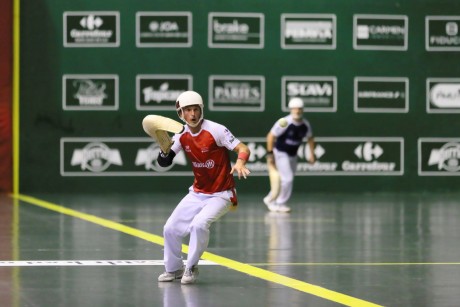Basque pelota, which originates from the ancient games of “courte paume” (real tennis) and “longue paume” (long tennis, an outdoor version of real tennis), took root in the 19th century. The two towns built “frontons” (pelota walls), “trinquets” (indoor pelota courts), “murs à gauche” (walls on the left) and later, in 1960, a court for “jaï alaï” (an indoor version of pelota). Basque pelota, which has variations using “palas” (wooden rackets), “cesta puntas” (edged baskets), bare hands or “grand chisteras” (big pelota gloves), is a must-see practice of the Basque Country, and its climax is the hosting of the International Cesta Punta Games organised every summer at the jai alai court of Saint-Jean-de-Luz. As for water sports, the traditions of fishing and boatbuilding contributed to the re-emergence of the use of the old batteleku (a small boat used to fish mackerels, anchovies and hakes) in the 19th century, in an era of growing interest for pleasure boats. This traditional craft, five or six metre long and manoeuvred with a sail or an oar, found a new use in sports in recent years. In the 1960s, under the impetus of fans and associations, rowing in a batteleku grew as a sport and became significant during the first Trophée Teink in 1993.

